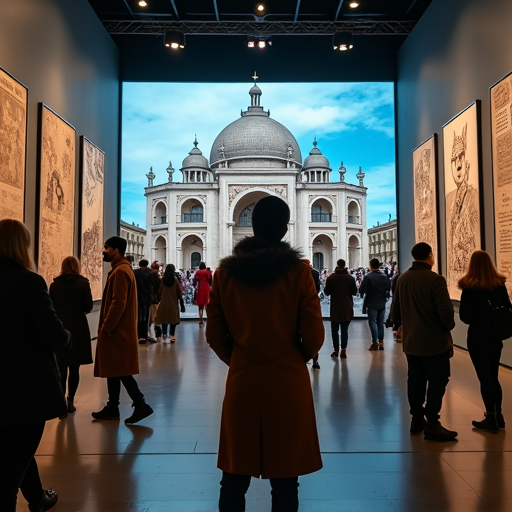
The Rise of Virtual Reality in Museums
Virtual reality (VR) is revolutionizing the way people experience museums and cultural heritage. By creating immersive digital environments, VR museums allow global audiences to explore exhibits without physical constraints. This technology is particularly beneficial for preserving delicate artifacts, as it eliminates the need for direct human interaction.
Global Accessibility
Traditional museums often face limitations in reaching international audiences due to geographical and financial barriers. VR museums, however, democratize access to cultural treasures. Anyone with an internet connection can now tour the Louvre in Paris or the British Museum in London from the comfort of their homes.
Preservation of Artifacts
Many artifacts are too fragile for public display. VR offers a solution by creating high-resolution digital replicas. For example, the Vatican Museums have digitized their collections, allowing visitors to examine ancient manuscripts and artworks without risking damage to the originals.
Interactive Experiences
Unlike static exhibits, VR museums offer interactive features. Visitors can zoom in on details, listen to audio guides, and even "handle" artifacts in a virtual space. This level of engagement enhances the educational value of museum visits.
Challenges and Future Prospects
Despite its advantages, VR technology faces challenges such as high development costs and the need for specialized equipment. However, as VR becomes more affordable and widespread, its adoption in cultural tourism is expected to grow. Experts predict that hybrid models—combining physical and virtual experiences—will dominate the future of museums.
